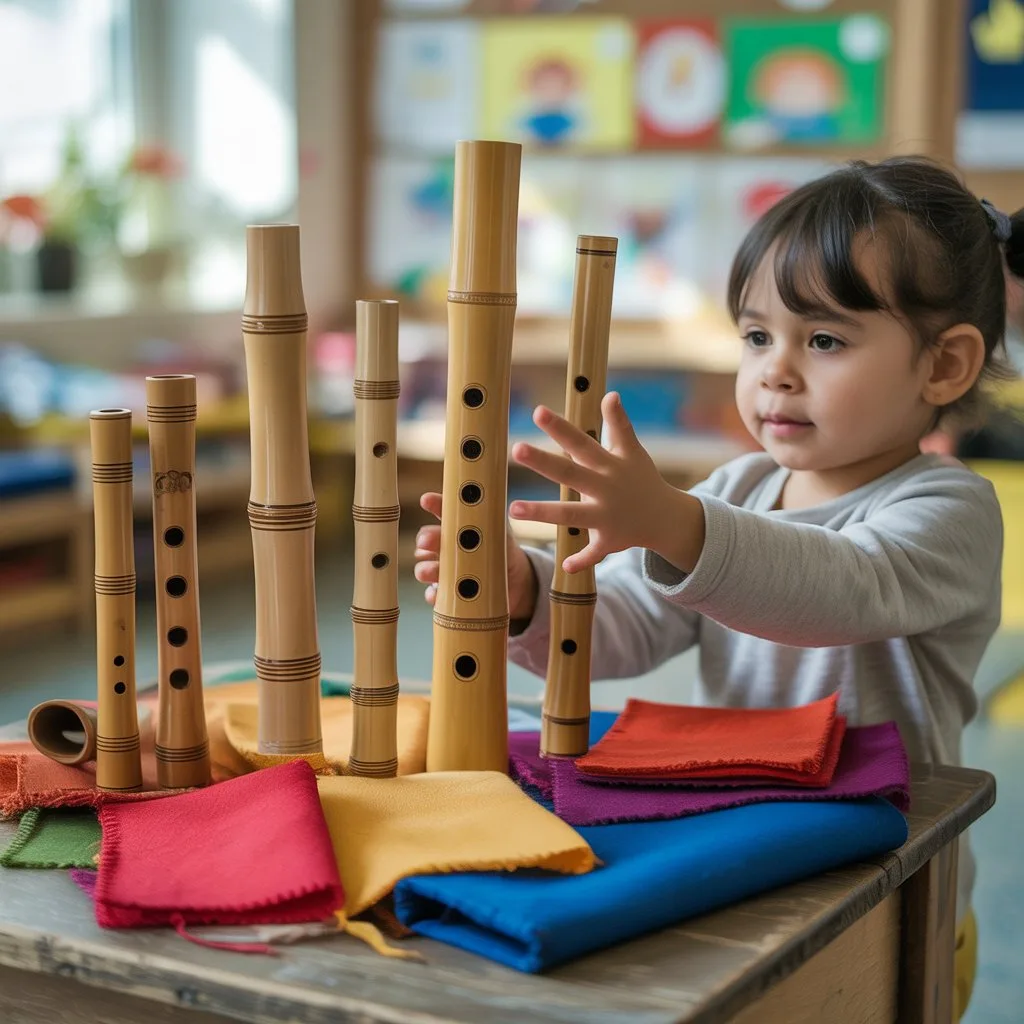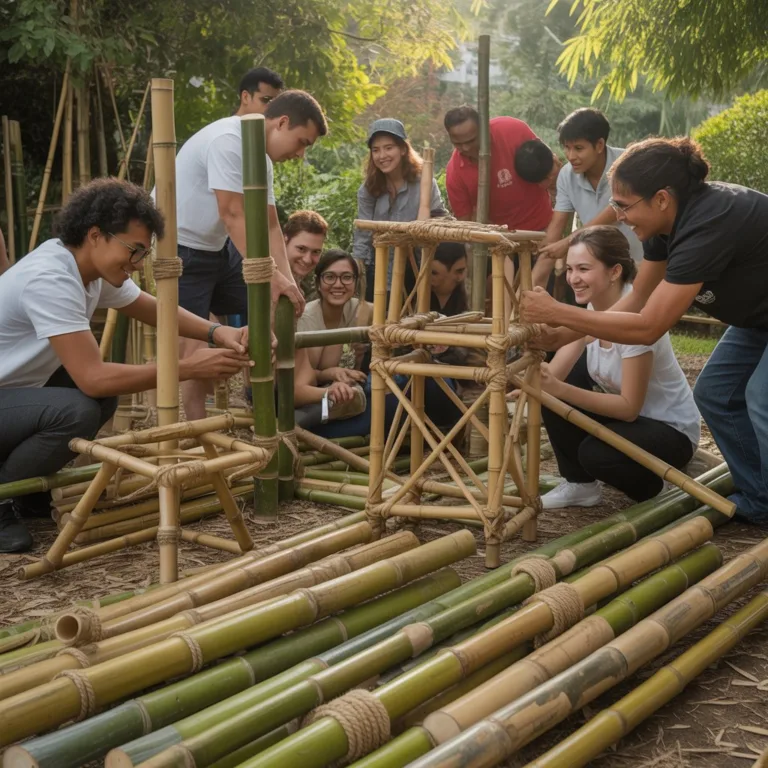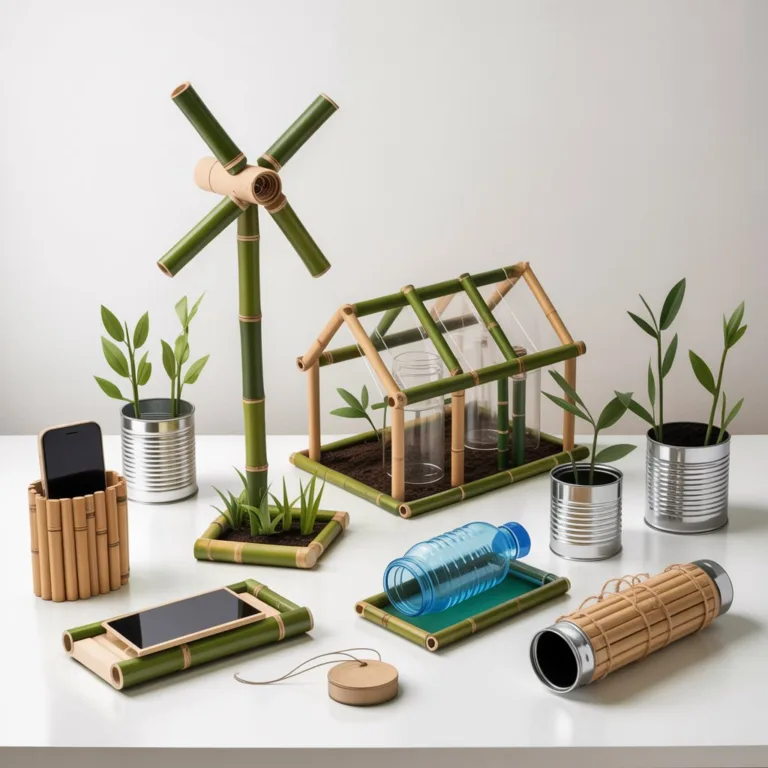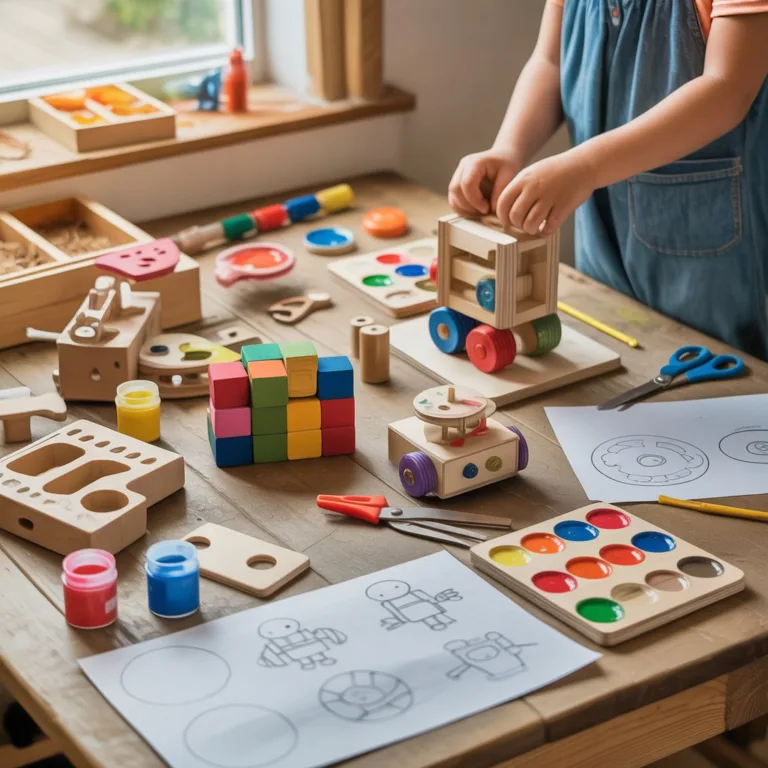Music has a remarkable power to shape young minds, foster creativity, and enhance cognitive development. Incorporating bamboo instruments into sound education provides a unique opportunity to blend environmental consciousness with musical exploration. Bamboo, known for its rapid growth and versatility, is an ideal material for crafting instruments that are sustainable, durable, and engaging for students of all ages. Using bamboo in music programs not only promotes eco-friendly practices but also encourages hands-on learning and experimentation with sound.

The Role of Bamboo in Music Education
Environmental Awareness Through Music
Bamboo instruments introduce students to sustainability in a tangible way. Unlike traditional instruments that may rely on slow-growing hardwoods, bamboo can be harvested responsibly without depleting natural resources. By learning about the origin and growth of bamboo, students develop an understanding of eco-friendly materials and the importance of environmental stewardship. This awareness can inspire broader discussions on sustainability, responsible consumption, and creative reuse in everyday life.
Physical Properties That Enhance Learning
Bamboo is lightweight yet strong, making it easy for children and adults to handle. Its hollow structure produces resonant sounds ideal for percussive and melodic instruments alike. These characteristics allow learners to experiment freely with volume, pitch, and rhythm without being limited by cumbersome or fragile instruments. The tactile quality of bamboo also engages multiple senses, reinforcing kinesthetic learning and encouraging exploration.
Accessibility and Cost-Effectiveness
Bamboo instruments are often more affordable than conventional instruments, making music education accessible to a wider range of students. Communities with limited resources can implement sound education programs using bamboo, fostering inclusivity and ensuring that more children have the opportunity to engage with music.
Types of Bamboo Instruments for Education
Bamboo Xylophones
Bamboo xylophones consist of multiple bamboo tubes or slats of varying lengths arranged to produce different pitches. Students can learn to recognize tonal differences, experiment with melodies, and develop an understanding of scales and harmony. Constructing a xylophone from bamboo also introduces basic principles of acoustics and sound vibration.
Bamboo Drums and Percussion
Percussion instruments like bamboo drums, slit drums, or bamboo shakers allow children to explore rhythm, tempo, and coordination. Playing these instruments in groups encourages teamwork, timing, and listening skills. Additionally, percussion activities provide an outlet for self-expression and emotional release, fostering both creativity and social-emotional learning.
Bamboo Flutes and Wind Instruments
Bamboo flutes offer a melodic component to sound education. These instruments help students understand airflow, breath control, and pitch modulation. Learning to play a bamboo flute also promotes concentration and fine motor development, as students must control finger placement and breathing simultaneously.
Hybrid Instruments
Creative projects can combine bamboo with other natural materials, such as seeds, shells, or recycled components, to create unique hybrid instruments. These projects inspire innovation and problem-solving while reinforcing the principles of sound production and musicality.
Hands-On Activities for Sound Education
Constructing Simple Bamboo Instruments
Engaging students in the construction of bamboo instruments strengthens their connection to music and materials. Activities can include cutting, sanding, and assembling bamboo tubes for xylophones, drums, or shakers. Teachers can guide students to experiment with tube lengths, diameters, and arrangements to observe how these factors affect pitch and resonance.
Exploring Rhythm and Melody
Once instruments are ready, students can explore rhythmic patterns, simple melodies, and group compositions. Teachers can introduce call-and-response exercises, improvisational sessions, or collaborative performances. These activities enhance listening skills, coordination, and creativity while making learning interactive and enjoyable.
Integrating Science and Music
Sound education with bamboo instruments provides opportunities to integrate physics and biology. Students can investigate how bamboo’s hollow structure produces sound, explore the relationship between tube length and pitch, and discuss the ecological benefits of using sustainable materials. Combining music with scientific inquiry fosters interdisciplinary learning and reinforces critical thinking skills.
Cultural Connections
Bamboo instruments are integral to many traditional music practices worldwide. Educators can introduce students to cultural contexts, such as Southeast Asian gamelan ensembles, Andean panpipes, or African bamboo percussion. Understanding these traditions enriches students’ appreciation for global music and encourages respect for diverse cultural expressions.
Benefits of Bamboo Instruments in Child Development
Cognitive Growth
Learning to play bamboo instruments enhances memory, pattern recognition, and problem-solving skills. Musical activities stimulate both hemispheres of the brain, improving attention, sequencing, and spatial-temporal reasoning.
Emotional and Social Skills
Group music-making with bamboo instruments promotes collaboration, empathy, and self-confidence. Children learn to listen to others, synchronize their actions, and express emotions through sound.
Motor Skills Development
Percussive and wind instruments develop fine and gross motor skills. Controlling rhythms, finger placement, and breath coordination strengthens dexterity, hand-eye coordination, and overall motor planning.
Creativity and Innovation
The hands-on, experimental nature of bamboo instruments encourages creative thinking. Students are free to design their instruments, compose original pieces, and explore unconventional sounds, fostering innovation and self-expression.
Tips for Implementing Bamboo Instruments in Educational Settings
Choosing the Right Materials
Select bamboo that is strong, straight, and free of cracks. Ensure that all instruments are smooth and safe to handle, with no sharp edges or splinters.
Designing Age-Appropriate Instruments
Younger children benefit from simple percussion instruments, while older students can explore melodic flutes and xylophones. Tailoring instruments to age and skill level ensures engagement and success.
Incorporating Collaborative Projects
Encourage group construction and ensemble playing. Collaborative projects foster teamwork, social skills, and peer learning while reinforcing musical concepts.
Maintaining Instruments
Bamboo requires proper care to ensure longevity. Avoid excessive moisture, and periodically check for cracks or wear. Educators can involve students in maintenance tasks to teach responsibility and respect for instruments.
Blending Music with Curriculum
Integrate bamboo instruments into broader educational themes, such as science, ecology, and cultural studies. Combining music with interdisciplinary lessons creates a richer learning experience.
Expanding Beyond the Classroom
Community Music Programs
Bamboo instruments can be introduced in community centers, after-school programs, or summer camps. Their affordability and sustainability make them ideal for outreach programs that aim to provide inclusive music education.
Festivals and Performances
Encourage students to showcase their bamboo instruments in school concerts or community festivals. Performing publicly boosts confidence, reinforces skills, and inspires continued learning.
DIY Instrument Workshops
Hosting workshops where children and families build and play bamboo instruments fosters intergenerational learning and strengthens community bonds. Participants gain hands-on experience and appreciation for eco-friendly music-making.
Promoting Sustainability Through Music
Bamboo instruments exemplify how creativity and environmental consciousness can coexist. By using renewable materials, students learn that artistic expression does not need to compromise ecological responsibility. Incorporating discussions on sustainability, responsible harvesting, and recycling further deepens awareness and encourages actionable environmental stewardship.
Engaging students with bamboo instruments transforms sound education into an immersive, interactive, and sustainable learning experience. Through building, playing, and exploring music with these eco-friendly instruments, learners develop cognitive, emotional, and motor skills while fostering creativity and environmental consciousness. Introducing bamboo instruments in classrooms and community programs inspires not only musical growth but also a broader understanding of sustainability, collaboration, and cultural appreciation. By exploring the endless possibilities of bamboo, educators can provide students with a lifelong connection to music and nature that encourages curiosity, expression, and responsible creativity.

Elena Mora is a creative educator and eco-craft enthusiast who specializes in bamboo musical instruments and sustainable toys for children. She believes that hands-on learning through play teaches kids about creativity, music, and environmental responsibility.



